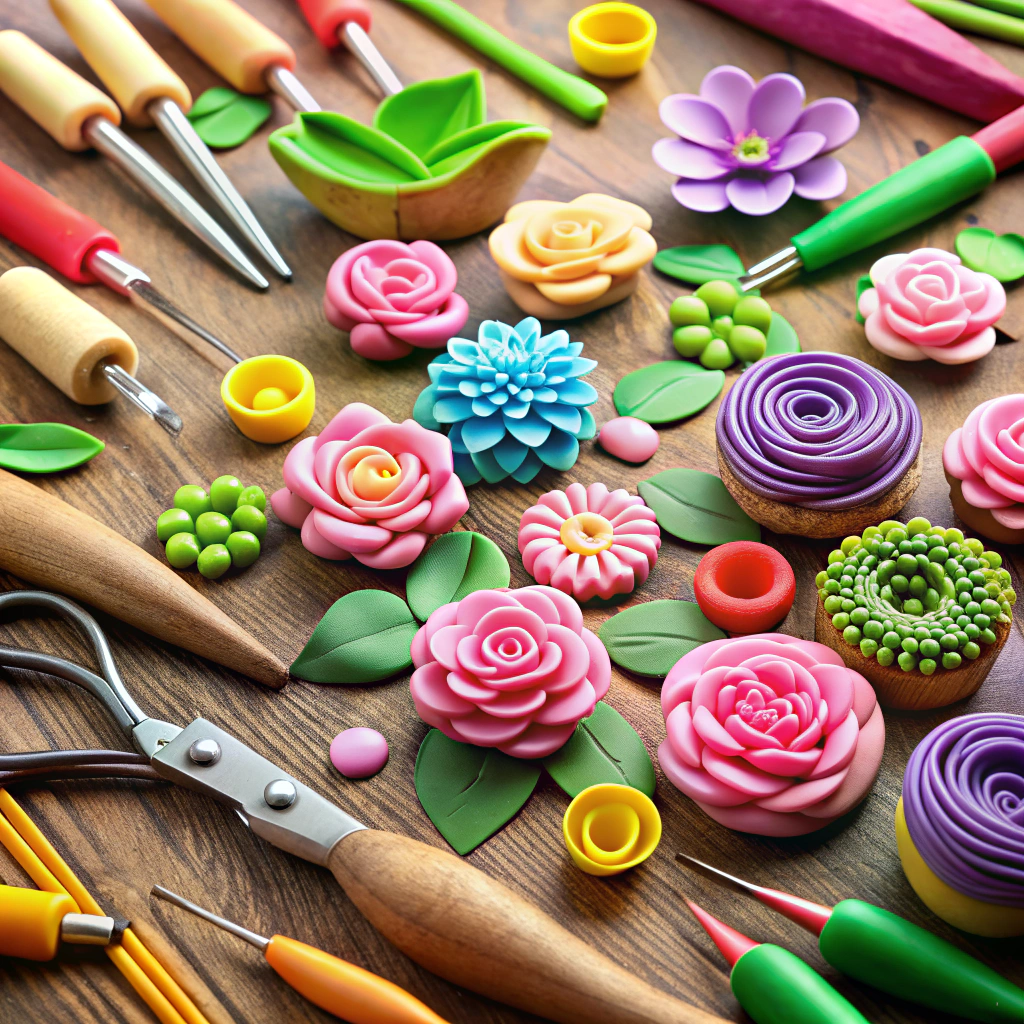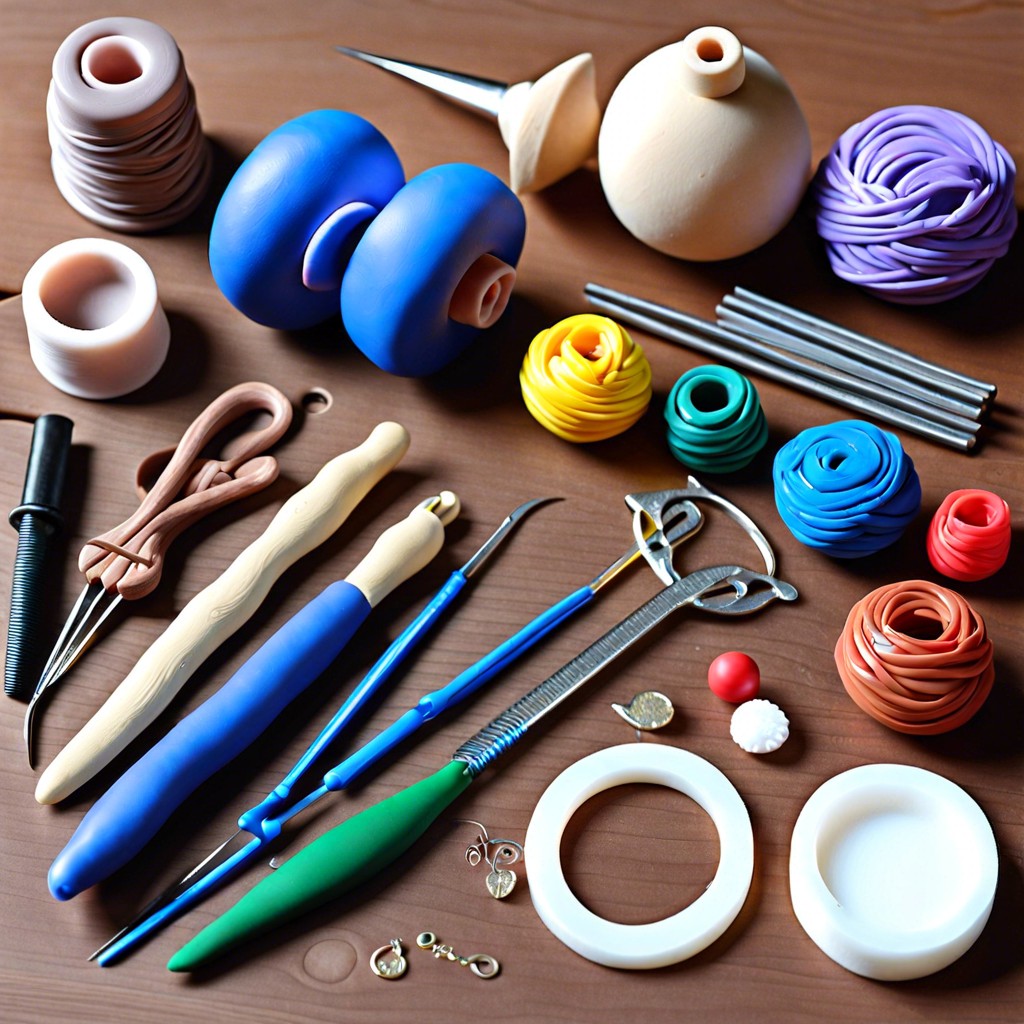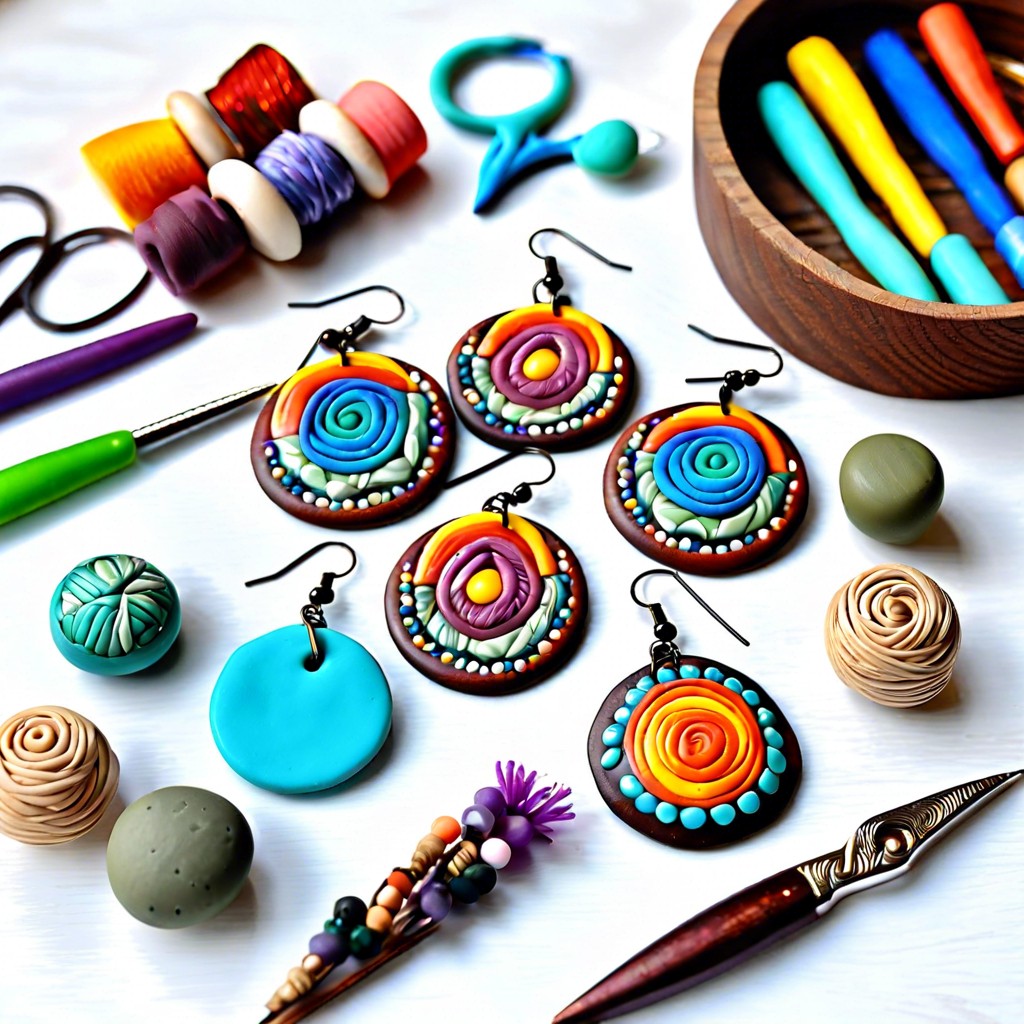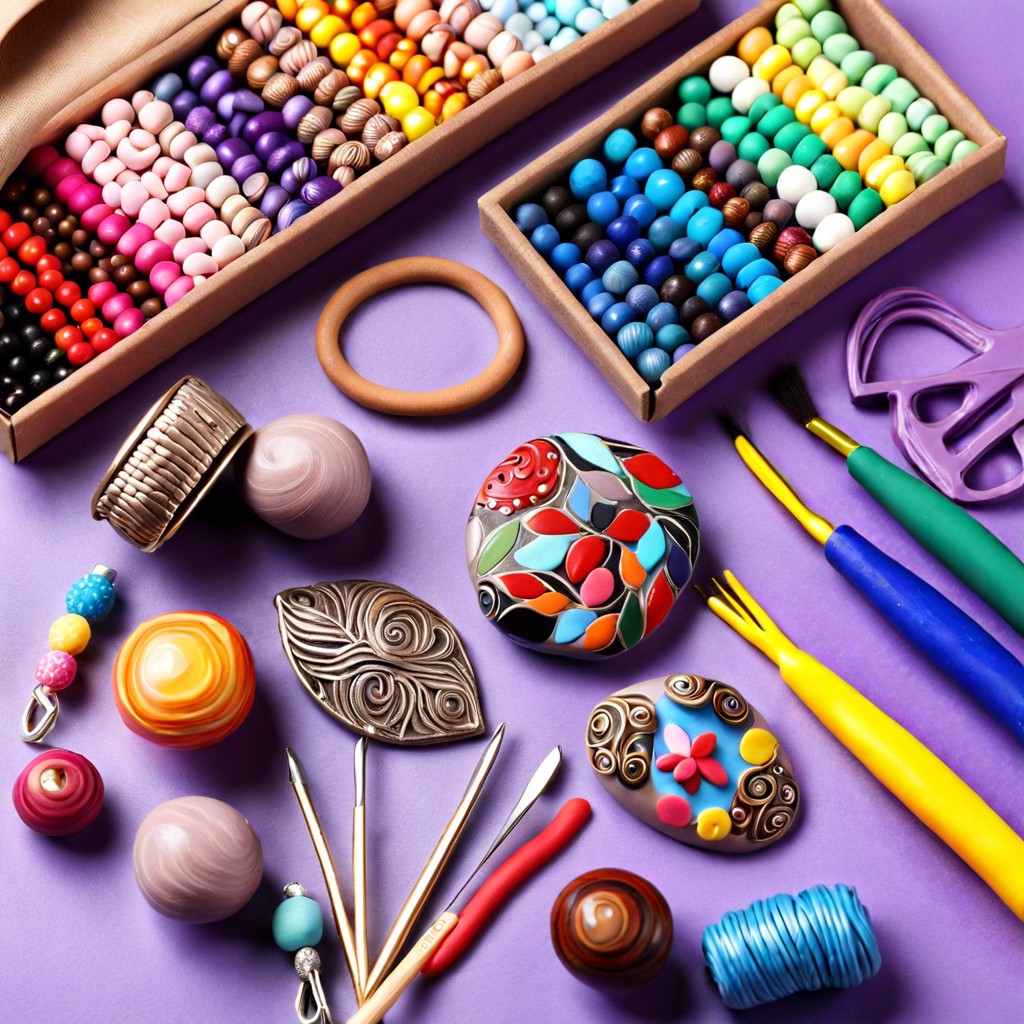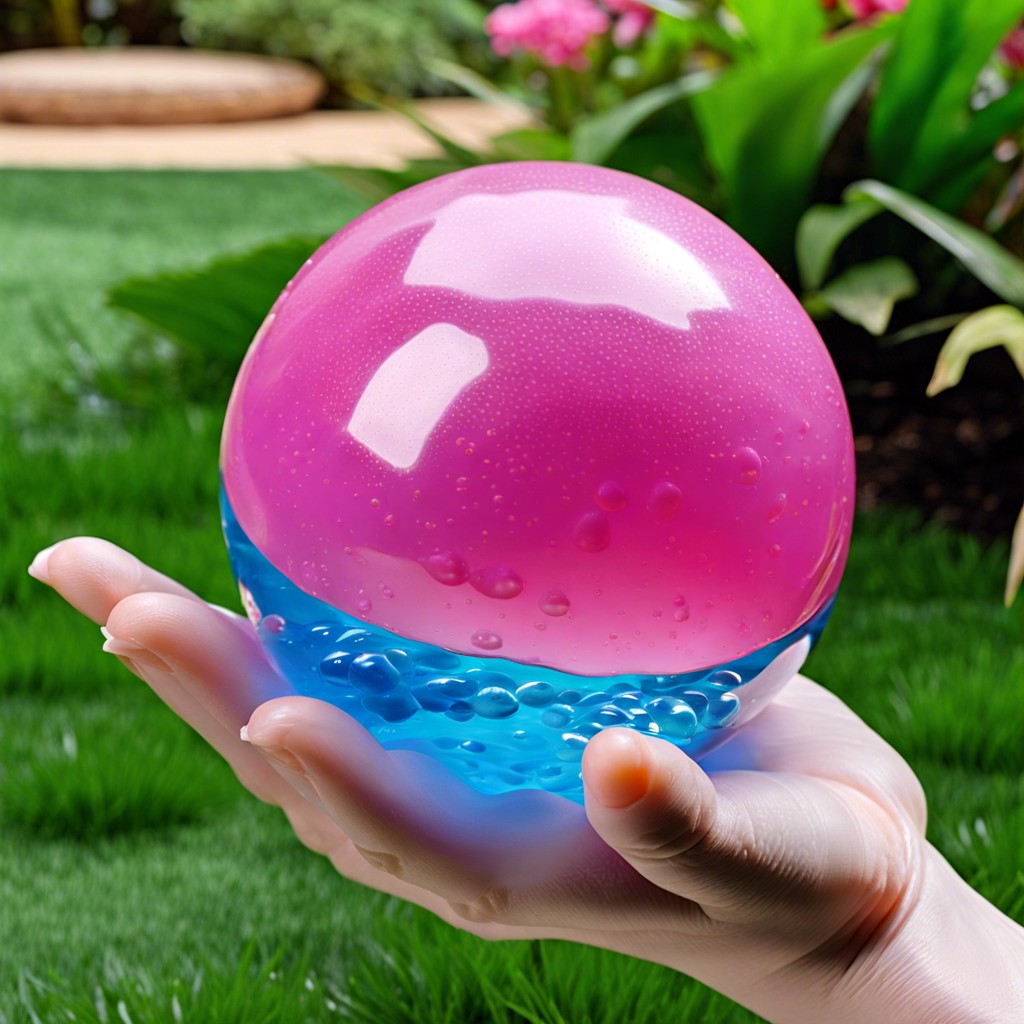Discover the steps to create your own unique clay polymer earrings, a fun and customizable accessory to enhance your style.
Key takeaways:
- Polymer clay is a versatile material made from PVC plastic.
- It can be easily molded and baked at lower temperatures.
- Polymer clay earrings are lightweight, durable, and customizable.
- Baking temperature and time are crucial for successful results.
- Polymer clay can be used for various creative projects.
What Is Polymer Clay?
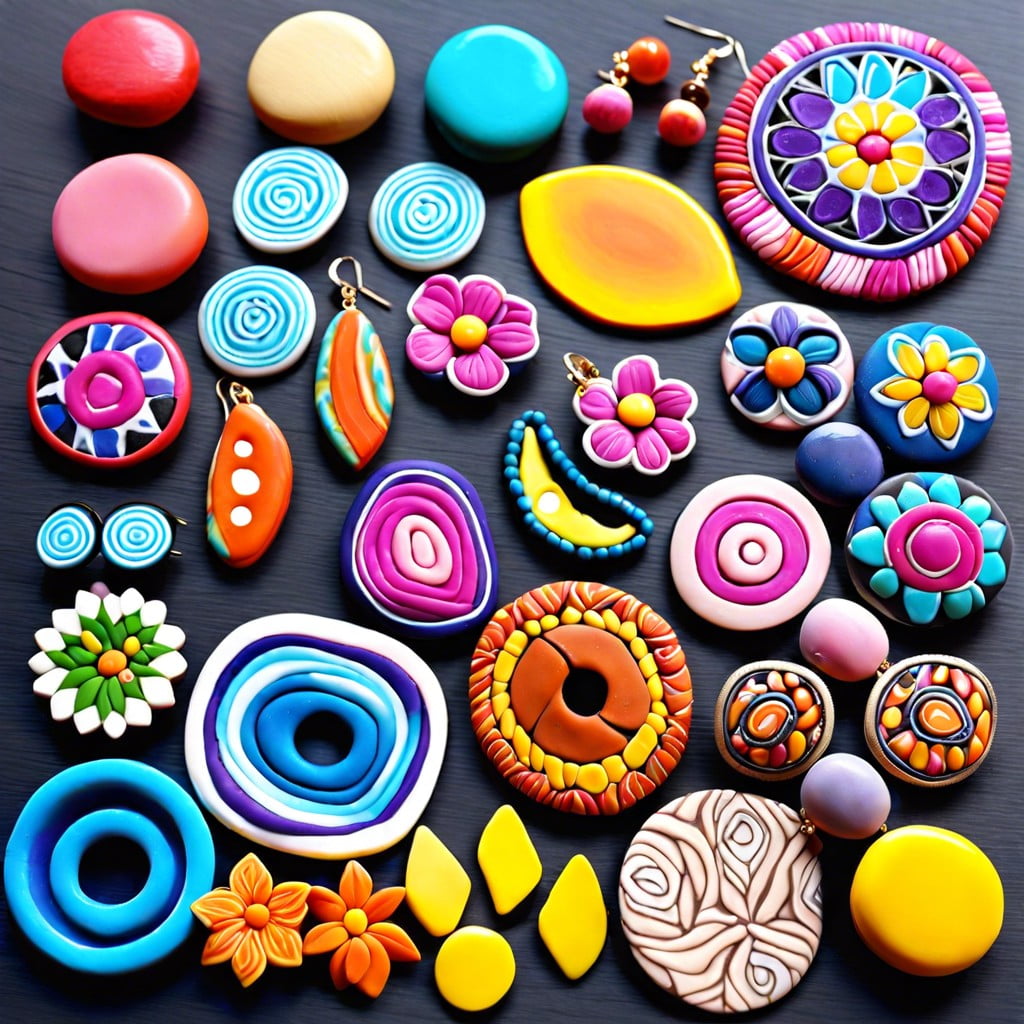
Polymer clay is a versatile, pliable material made from PVC (polyvinyl chloride) plastic and a type of plasticizer that keeps it soft until it’s cured in a home oven. Unlike earthen clay that requires a kiln to fire at high temperatures, polymer clay is easy to mold and becomes hard and durable when baked at lower temperatures.
This material comes in a variety of colors, which can be mixed like paint, providing unlimited possibilities for custom shades and intricate designs. It’s also possible to add effects to polymer clay by incorporating glitters, metallic powders, or by using techniques that mimic stone or glass.
Since polymer clay is lightweight when cured, it’s an ideal medium for creating earrings and other jewelry that’s comfortable to wear all day. Additionally, it can be sanded, drilled, carved, and finished with glazes after baking for professional-looking results. Its ease of use and the professional quality it can render make it a popular choice for both beginners and skilled crafters alike.
Making Polymer Clay Earrings
Start by choosing your colors and design. Polymer clay comes in a vast array of colors, which you can mix to create custom shades. Roll or sculpt the clay into your desired shape, whether it’s a simple flat disc or an intricate patterned design. Texture can be added using stamps, molds, or even household items like toothbrushes or lace.
Once your shapes are formed, use a piercing tool to create holes for the earring hooks or jump rings. Ensure these holes are large enough for your jewelry findings but not so large that they weaken your piece.
For those looking to add effects, consider techniques like marbling, where you twist together different colors of clay before rolling them out. Or try a gradient look by blending colors gently from one to another. Layers can be applied to add dimension, and thin slices of patterned clay logs, known as canes, can be applied for intricate designs.
Finally, before baking, give your earrings a smooth finish. Fingerprints and imperfections can be minimized by gently rubbing the surface with a bit of water or by using a polymer clay smoothing agent. Once satisfied with the final product, it’s time to bake your creations according to the manufacturer’s instructions to solidify them.
Baking Your Polymer Clay
Ensuring your earrings have been meticulously crafted and designed, the next step is to set their shape through baking. Polymer clay requires heat to harden, becoming durable and wearable.
The crucial factors in baking are temperature and time. Typically, you should bake polymer clay at 275°F (135°C) for about 15-30 minutes per 1/4 inch of thickness. It’s imperative to consult the packaging for specific instructions as brands may vary. Using an oven thermometer can help maintain accurate temperatures, preventing burning or under-baking.
Place your earrings on a parchment-lined baking sheet or ceramic tile. This prevents direct contact with the oven rack and aids in even heat distribution. During baking, keep an eye on the oven. Do not open it too often, as temperature fluctuations can affect the final result.
Once baked, let your earrings cool gradually to avoid cracking. Cooling on the baking sheet away from drafts is usually sufficient. After cooling, your polymer clay earrings will be ready for final touches, such as sanding or adding gloss, if desired.
More Polymer Clay Ideas
Polymer clay’s versatility isn’t limited to earrings. Its pliability and wide range of colors make it suitable for a multitude of creative projects. You can craft a matching set of jewelry, including necklaces, bracelets, and rings, to complement your earrings. Home decor items such as drawer pulls, coasters, and wall art can also be made from polymer clay, adding a personal touch to your living space.
Explore texture by carving, stamping, or adding mixed media elements to create unique designs. For fun, functional items, consider sculpting miniature figurines, pen holders, or even custom buttons for clothing. Don’t hesitate to experiment with mixing clay colors for a marbled or gradient effect. Whether you’re personalizing gifts or tailoring items to your own aesthetic, polymer clay offers a canvas for endless creativity.
Recap
